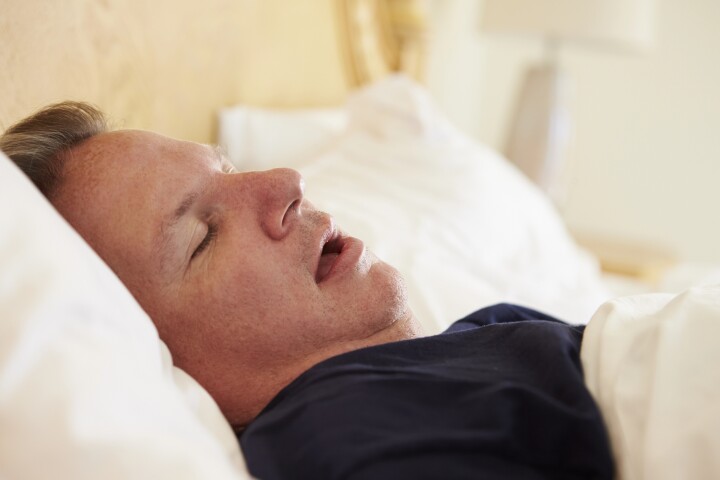It's no surprise that regular exercise can improve a variety of health metrics. But a new study shows that when you work out is as important as exercise itself, especially when it comes to controlling your blood sugar levels.
The research was carried out by two scientists working out of the University of Granada in Spain. They looked at data from 186 overweight and/or obese adults as defined by an average BMI of 32.9. The cohorts were aged, on average, about 47 years old. They all wore an accelerometer to track movement and a continuous glucose monitor for two weeks.
The researchers found that the study participants who got more than 50% of their moderate to vigorous exercise between the evening hours of 6 pm and midnight saw significant drops in their blood glucose levels that lasted all day – not just immediately upon the conclusion of the exercise – as opposed to those who were sedentary each day.
The study classified "active" people as getting between 21.4 and 42.9 minutes of exercise each day, and "very active" as those who got more than 42.9 minutes of exercise each day. Achieving lower blood glucose levels is an important strategy to help combat diabetes, especially in overweight people.
“As the field moves towards individualized exercise prescriptions for different chronic conditions, this study now provides additional insights beyond just telling patients to ‘move more,’ but instead to move as often as possible and to prioritize afternoon-to-evening movement when feasible for glucose regulation,” said Renee J. Rogers. Robers is a senior scientist at the University of Kansas' Division of Physical Activity and Weight Management who was not associated with the research.
The findings of the new study line up with previous research showing benefits to exercise at certain times of the day. One study showed that wrapping up an exercise session about two hours before bed could significantly improve sleep.
Another demonstrated that if women worked out in the mornings, they were more likely to lose belly fat and lower their blood pressure, but if they worked out at night, they were able to increase upper body strength, endurance, and even boost their overall mood. In the same study, men who worked out at night could lower their blood pressure, burn more fat, and reduce their risk of heart disease.
Still another study last year showed that in terms of skeletal health, it doesn't really matter when you exercise, but if you pick the same time each day you'll have better luck keeping your bones healthy.
The authors say that such studies as these, including their own, show the importance of recommending the right course of exercise at the right time for patients.
“Our results highlight the importance of the field of precision exercise prescription," said study co-author Jonatan R. Ruiz. "In clinical practice, certified sports and medical personnel should consider the optimal timing of the day to enhance the effectiveness of the exercise and physical activity programs they prescribe.”
The study results have been published in the Obesity Society's journal Obesity.
Source: The Obesity Society via EurekAlert





